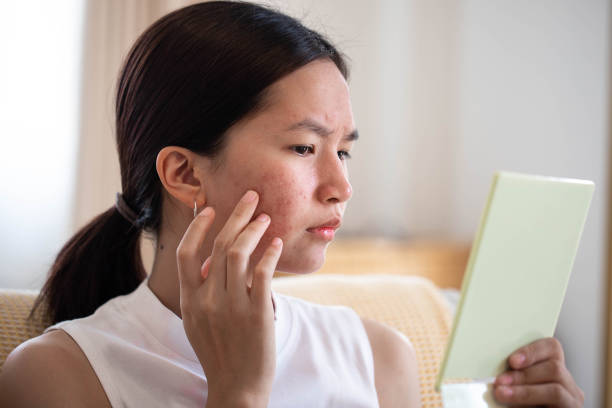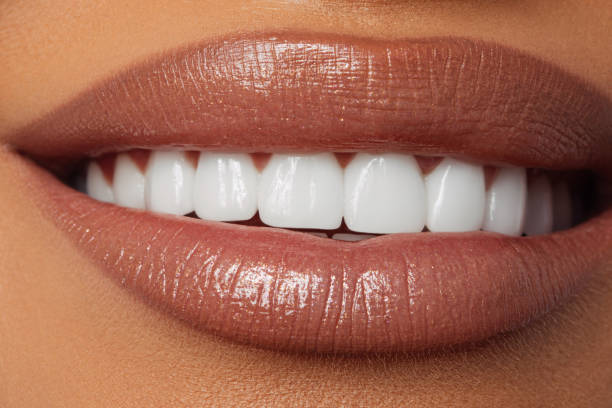Transurethral resection of the prostate (TURP) is a minimally invasive surgical procedure to remove enlarged prostate tissue in men suffering from benign prostatic hyperplasia (BPH). It helps improve urine flow and various other urinary symptoms associated with BPH. Bangalore is home to some of the country’s foremost urology experts with extensive experience in performing TURP and providing excellent patient outcomes. Leading hospitals like Manipal, Apollo, Fortis and Sakra have dedicated teams featuring the best urologists in Bangalore.
What is Transurethral Resection of Prostate?
The prostate gland sits below the bladder and surrounds the urethra in men. As men get older, the prostate often enlarges or gets inflamed. This compresses the urethra leading to difficulties with urination and bladder emptying. Transurethral resection relieves such problems by removing excess prostate tissue to open up the urethra. No external cuts are needed as everything happens through the urethra under anaesthesia.
TURP Preparation
TURP admission requires certain preparations:
Fasting: Patients must not eat or drink anything for 8 hours before the scheduled procedure. Bowel prep: Laxatives or enemas are given to clear bowels a night before surgery. Medications: Blood thinners, hypertension and diabetes medications may need adjustment. Anaesthesia checkup: Overall fitness for surgery assessed and type of anaesthesia planned. Hair removal: Trimming pubic hair just before surgery reduces infection risks.
During the TURP Procedure
The key steps in a routine TURP are:
- Anaesthesia Administration
General or spinal anaesthesia is given before surgery so patients don’t experience any pain or discomfort.
- Patient Positioning
Patients lie on their back with legs held upwards using stirrups for better surgical access through urethra.
- Inserting Endoscope
A thin telescope-like instrument called a resectoscope is inserted via the urethral opening. Salt solution flows continuously to expand the urethra during instrument insertion.
- Delivering Heat Source
An electrically heated wire loop or laser fiber is passed through the resectoscope. This controlled heat source cuts and coagulates the obstructive prostate lobes bulging inside the urethra.
- Removing Tissue Pieces
The chips of resected prostate tissue get continuously irrigated out into the bladder and flushed out periodically during surgery. A tissue sample is sent for biopsy analysis.
- Placing Catheter & Drainage
A catheter is placed inside the urethra up to the bladder before concluding surgery. This helps drainage in the postoperative period as healing happens and urine flow normalizes.
The excess prostate tissue cluttering the inner urethral opening gets completely removed within 60-90 minutes by an expert urological surgeon. This rapidly improves urine flow rates and other urinary symptoms after surgery.
Post TURP Care & Recovery
After returning from surgery, hospitalized care involves:
- Monitoring vitals and fluid balances
- Antibiotics and medications for pain/discomfort
- Catheter drainage care
- Advice on postop catheter care at home
- Guidance on symptoms to watch out for
The urethral catheter usually stays in place for 2-4 days postoperatively. Most patients can go home 1-3 days after surgery once able to pass urine comfortably. They should restrict vigorous activities and heavy housework for 2-4 weeks allowing the reproductive tract tissues to completely heal. Light office work can restart in 7-10 days while normal sexual activity can resume after 4 weeks.
Thus TURP offers rapid and sustained symptom relief for BPH patients with good long-term outcomes. Expert urologists, modern equipment and high patient volumes have made centres across Bangalore perfect for delivering gold-standard TURP services. Reputed hospitals also offer attractive and transparent pricing for cashless insurance claims or self-pay patients. You can also Read the Related Article: “Revitalizing Lives: Exploring the World of Reconstructive Urology”





